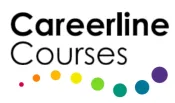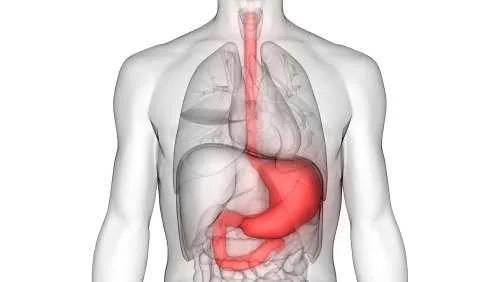Study human anatomical structures
- Understand physiology in human systems that are essential knowledge in many industries – education, science, health care, fitness and exercise, nutrition and weight loss, alternative medicine, among others
- An introductory course allows for learning at your own level – just do the basics or challenge yourself to study in a level you’re comfortable with.
This course is the first in our range of anatomy courses and naturally progresses onto Anatomy and Physiology B, C, and D and is a pre-requisite for the said courses. Lessons cover cells and tissues, the skeleton, the muscular system, the nervous system, digestion and excretion and physiological systems.
Course Aims:
- Explain the human body at a microscopic level, including the structure and function of cells, tissues and membranes.
- Explain features of the human skeletal system.
- Describe the human muscular system, in terms of structure and basic function.
- Explain the human nervous system, in terms of structure and basic functions.
- Explain different physiological systems of digestion and excretion in the body.
- Explain different physiological systems of the body.
There are 6 Lessons in this course:
1. Cells and Tissues
-
- Introduction
- Cell Components
- Human Tissues
- Epithelial tissues
- Connective tissues
- Fluid tissues
- Muscle tissues
- Nervous tissues
- Cell Division
- Cell Processes
- Osmosis and Diffusion
- Hydrostatic Pressure
- Active Transport; Phagocytosis, Pinocytosis
- Electro Chemical Gradient
- Nutrient and Waste Exchange in Cells
2. The Skeleton
-
- Bone tissue
- Cartilage
- Bone marrow
- The periosteum
- Osteology
- Bone Anatomy
- Bone Types
- Review of all Bones in a Human Skeleton
- Bone Joints; Synarthrosis, amphiarthrosis, Diarthroses
- Types of Bone Movements
- Skeletal Functions
- Fractures
- Fracture Healing
- Osteoporosis
3. The Muscular System
-
- Parts of the Muscular System
- Tendons
- How Muscles Move
- Muscle Fibre (Filament) Types; thick, thin, elastic
- Smooth (or involuntary) muscle
- Striated (or voluntary) muscle
- Cardiac muscle
- Types of Skeletal Muscle
4. The Nervous System
-
- Nerve Cells
- Sensory Neurons
- Motor Neurons
- Terminology
- The Nervous System
- Central Nervous System
- Peripheral Nervous System
- The Brain; Cerebellum, Olfactory bulb, Cerebrum, Thalamus, Hypothalamus, Medulla Oblongata
- Spinal Chord
- Spinal Chord Injuries
- Cranial Nerves
- Spinal Nerves
- Automatic Nervous System
- Reflex Actions
5. Digestion and Excretion
-
- Digestive System Introduction
- The Alimentary Canal
- The Mouth
- Esophagus
- Stomach
- Small Intestine
- Large Intestine
- Accessory Digestive Organs
- Nutrient and Digestion Disorders
- Vomiting
- Peptic Ulcer
- Jaundice
- Lactose Intolerance
- Hemorrhoids
- Cirrhosis
- Excretory System
- Urinary System
6. Physiological Systems
-
- Endocrine System
- Effects of Hormones; seven types
- Summary of Endocrine Glands
- Respiratory System
- Physiology of Respiration
- Gaseous Exchange
- Rate and Depth of Breathing
- Reproductive System
- Physiology of Reproductive System
- Pregnancy and Birth
- The Circulatory System
- Lymphatic System

